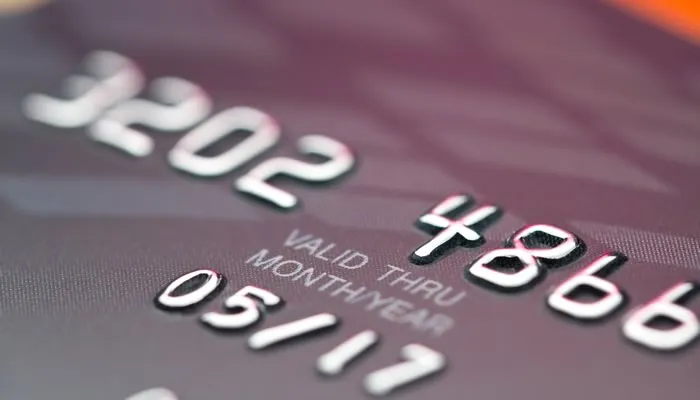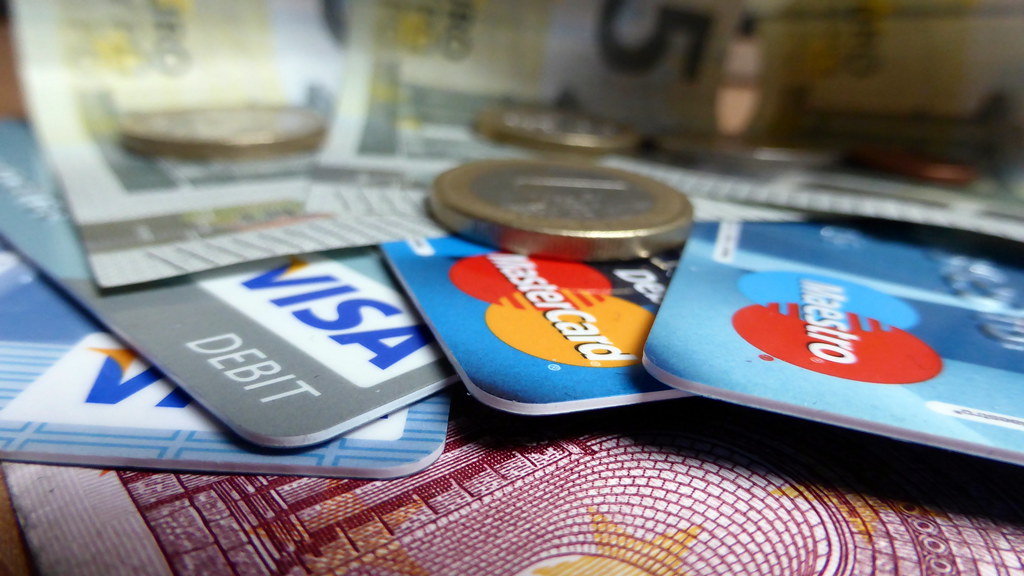Within the parts of a credit or debit card, the abbreviation MM/YY or MM YY is one of the most important, since it refers to the month and year of the card's expiration date. Below, we will explain what exactly MM/YY means, what section of the card it is in and why it is essential to know this information, among other fundamental issues to consider. 
What does MM/YY mean?
Debit Card Expiration Date
The MM/YY format on a credit or debit card refers to the two digits of the month and the two digits of the year that determine the card's expiration date.
Specifically, the "MM" means that you should always use the two-digit representation of the month, so January is "01" and November is "11." "AA" corresponds to the last two digits of the year, that is, if "11/25" is indicated, it means month 11 (November) of the year 2025. Similarly, the “YYYY” element means you must use all four digits of the year. That is, write “2025” or “2027”, not just the last two digits as is commonly done. The MM/YY credit card format has a specific function: Card issuers anticipate when the plastic may be worn enough to require replacement. On the other hand, the expiration date is also used for security reasons. For example, when you make purchases online or by phone, this is a piece of information that may be requested from you, together with others such as the card number or the CVC code.
Where is the MM/YY of a card found?
If you are wondering how to know the MM/YY of your card, you have to consider that everything depends on its design in question. However, normally, to find out where the MM/YY of a card is, it is enough to pay attention to the obverse of the card (the front). Specifically, to the section located below the main card number, that 16-digit sequence.
What happens when the card expires?
Once a credit or debit card has expired, that is, the MM/YY has passed, you can no longer use it in physical stores or to make purchases online. However, in some cases, if your card is already registered with platforms like Amazon or the Android or iOS app stores, or if you've scheduled online payments in advance, these companies may receive the new information automatically and you may you don't have to do anything. In this regard, major credit card companies offer update services to provide merchants with consumers' new credit card numbers and expiration dates. Still, it's always a good idea to manually check to see if your card information was updated automatically, as well as check the number of transactions per day and per year. Usually, the card issuer will send you a new card before the old one expires, with new MM/YY or MM/YYY numbers. If not, and the date is getting closer, you can contact the card issuer. company to verify that the new card has been sent or to request it. Once you have the new card, you will need to activate it online or by phone. If it's a prepaid card, you may have to pay a fee to avoid losing money you had on the old card. Finally, the company will also give you instructions on how to get rid of the old card, whose expiration date has passed, and you will usually have to destroy it with scissors or a shredder.
Why do credit cards expire?
One reason banks and other financial institutions allow cards to expire and require a new one with another MM/AA is that it gives them a chance to upgrade their card technology. Credit card security technology is always changing, and expiration dates help issuers keep all of their cards up to date with similar technology. An example of this is the deployment of EMV chip cards. Another reason cards expire, including the most popular and used ones in the US, is that they simply degrade over time and become less reliable, so replacing them helps ensure that the ones in circulation are in good condition.
Does your line of credit also expire?
The expiration date, shown in MM/YY format, applies only to the card and not to the credit card account. The terms of your account, including your credit limit, interest rate, and grace period remain intact. And you're still responsible for making the minimum monthly payments on time each month until the credit card balance is paid off. Credit card issuers can change the terms of your line of credit, but significant changes generally require 45 days' notice and are not tied to the expiration date.
Why do you have to keep MM/YY a secret?
When you make purchases online with your credit card, sellers will often ask you for the expiration date or expiration date. This is not only to make sure that the card remains valid, but it is also an added security measure, since it is information that only you should know, and by providing it, you imply that it is you who is making the transaction and not another person.
What is the expiration date of a debit card?
The expiration date of a debit card or credit card is the one that is included in the MM/YY format. You can get it at the bottom of the front of your card.
What does MM/YY expiration date mean?
The MM/YY expiration date is the date on which the credit or debit card stops working and has to be replaced with a new one.
What is the MM/YY on a card?
The MM/YY of a card refers to the month and year of expiration of the plastic, in two-digit format. For example, 10/24 for October of the year 2024.
What is the CVV on your card?
The CVV or CVC of a credit or debit card is the security code requested to make, normally, online or telephone purchases.
Katheryn is a corporate attorney and finance specialist, conducting research daily to get you closer to financial security and freedom (even if you're just getting started). Her +600 articles published in Collaborative Research Group have already helped thousands of readers on the internet. .
Leave a reply
Your email address will not be published. Required fields are marked *Recent post

What is MM/YY on Credit Card and Debit Card?


